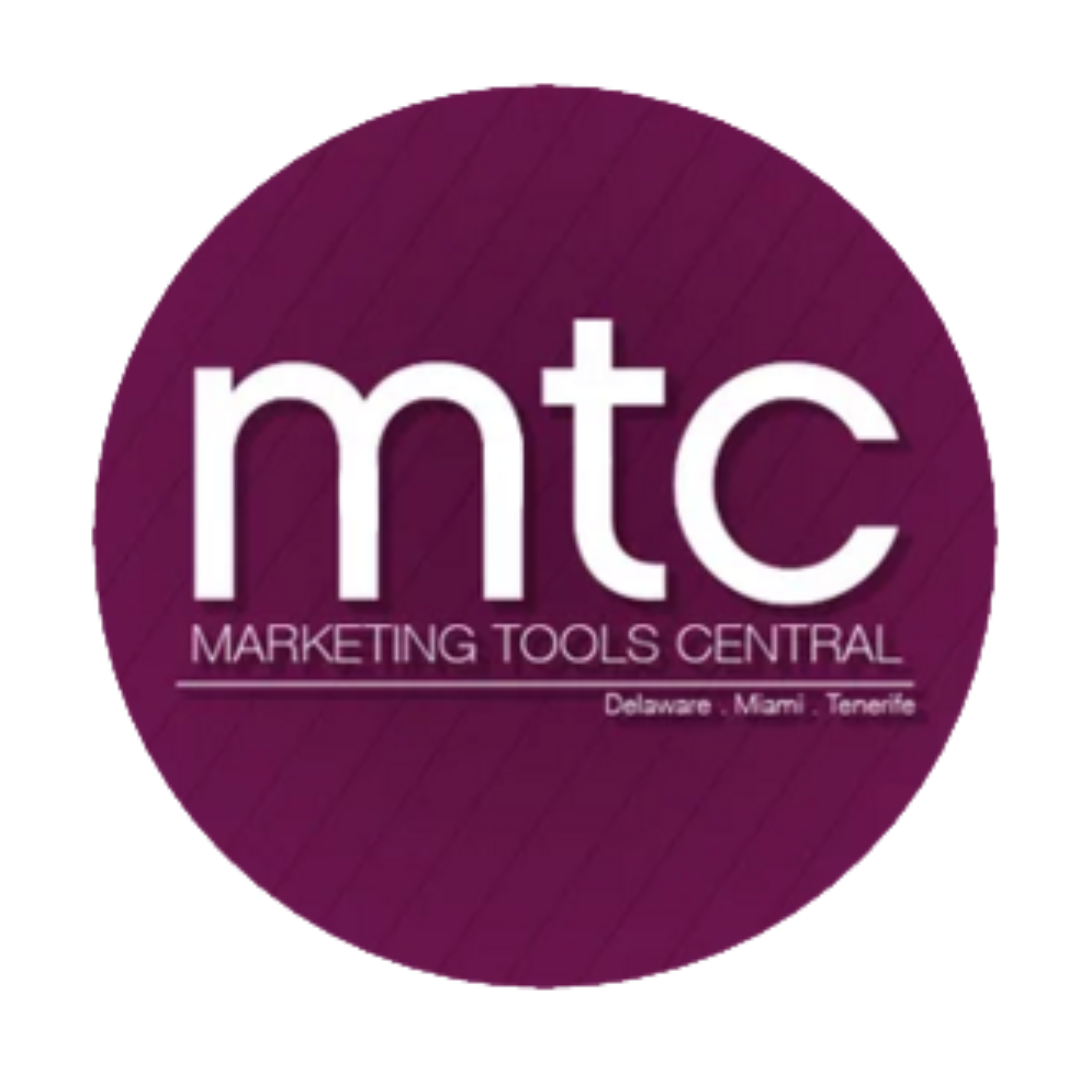Based in St. Louis, Rehabcare owns and operates 34 hospitals nationwide and also operates more than 1,000 facilities on behalf of hospital owners.
In the past, one worker in each of Rehabcare’s markets was responsible for filling in a seven page form about the patient by hand and faxing it to the medical directors at Rehabcare facilities who would then decide whether to take on the new patient. It was a time consuming process that was dependant on the legibility of the worker’s handwriting and on the medical director seeing the fax as soon as it came in. Rehabcare’s CEO felt that they are taking too long to respond. He requested his CIO to look at ways to improve this. The CIO had his team develop an iPhone app which eliminated the above mentioned paper based system of form filling. This cut down the patient referral process from an average of six to eight hours to one to two. Rehabcare can now also run reports in order to view how long it takes for medical directors to respond to those e-mails and how many referrals the company gets. Rehabcare has also deployed a second mobile app that accesses a service based in the cloud. The therapists use the app to view their schedules, look up patient information and start and stop their time clocks. By the end of the year, Rehabcare hopes to have deployed 8,000 iPod Touches so that therapists can use the application. The company is looking at the possibility of using Android phones in the future, but for now they don’t offer the kinds of security features required to comply with Health Insurance Portability and Accountability Act regulations. Rehabcare went with iPod Touches rather than iPhones to cut out expensive monthly subscriptions. Most therapists work out of the same facility day after day and have access to Wi-Fi there.
Critical Systems inspects fire alarm systems. In the past, inspectors would visit a building and input data about the fire alarms into an Excel sheet. At the end of the week, the inspector would drop a disk off at the main office. A developer there would print the reports & manually color code each tested device in a CAD file, based on whether the device passed or failed the inspection. It would sometimes take three months to send a report about the inspection to the customer. They had planned to build an application that would be hosted internally that would allow inspectors in the field to use a smartphone to input data. But then an outside contractor happened to mention that they could consider using cloud tools to make a mobile application. They experimented with using laptops but found they weren’t ideal. They were too bulky for the inspector in the building to carry. Now inspectors input the data using a smartphone. They now fill a form on their iPhones, noting the status of each fire alarm. The form automatically updates the graphic floor plan, color coding the alarm on the graphic based on its status. At the day’s end they e-mail a PDF to the client with the details.Critical Systems has six inspectors using the iPhone app. The organization is hoping to have one iPad that the inspectors share, using it when they visit a location for the first time. At the first visit, the inspectors create the graphic representation of the building, a process that’s easier on the larger screen of the iPad.
Both Critical Systems and Rehabcare found that using cloud-based applications made delivering and supporting mobile apps far easier than if they tried to host the app internally
Source: http://www.pcworld.com/businesscenter/article/209072/cloud_services_spur_mobile_enterprise_apps.html
AnB is an Enterprise Mobility solution that is light-weight with robust, enterprise-class security and cross-platform support. AnB allows your executives and employees to make timely decisions by participating in workflow and approval processes within enterprise applications from their iPhone and BlackBerry devices
